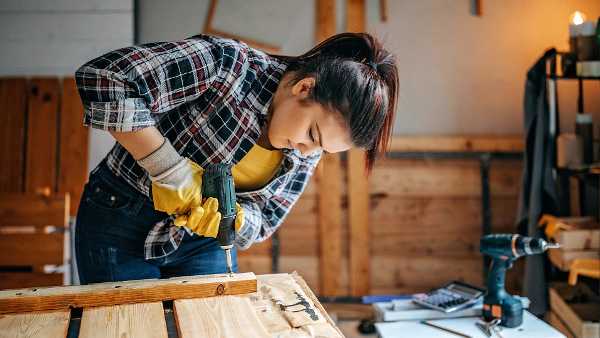Take your idea to production with these steps
- Henk Herkink
- Step-by-step plan
- 12 September 2021
- Edited 13 September 2023
- 2 min
- Starting
Some entrepreneurs come up with new products very fast. But how do you make sure that you will be able to bring your product to market? These steps will help you get your idea ready for production. And find out what requirements your product needs to meet.
1. Check if your idea is any good
How do you know if your idea is a good one? Ask yourself who needs your product and why. Decide on a business model and how you plan to generate revenue. Also, check if your product already exists and which products are already registered in the patent database.
2. Perform these checks
Check if there are legal requirements for the product you have come up with. For example, there are special requirements for cosmetics, food, and chemical products.
What laws and regulations do you need to comply with?
Most products will need a quality mark or certificate. This will show that your product meets certain requirements. For example, the CE mark or an ISO certificate.
There may also be environmental regulations you need to comply with, such as the ban on disposable plastic or reducing CO2 emissions.
3. Create a prototype
A prototype is a working example of your product. By turning your initial idea into a prototype, you can see what works and what does not. Sometimes a (digital) sketch is enough. But a 3D printed example or an almost finished prototype is also possible. As you get started, you will find out what material is suitable. And if your product will do what you want it to do.
4. Make sure you have sufficient financial resources
Once your prototype works and you start serial production, your costs will increase. Make sure you have enough financial resources. Think about how much money you need and how you will cover the costs. For new products, there are various financing options, subsidies, and tax benefits.
If you have any questions, please contact the KVK Financing Desk.
5. Protect your idea
If you protect or register your idea with the i-DEPOT, competitors are restricted from using your idea. Investigate if there is intellectual property value in your product. If so, you can invoke trademark rights or apply for a patent.
6. Assemble your team
Once your product is out there, you want it to succeed. Identify who you need to make this happen, from the initial idea to the actual sale. What can you do yourself, and what skills do you need from others? And do you want to outsource any part of the process? Then consider how you will maintain control over the process.
7. User testing
Check your product for errors or other unreliability. You can then fix them before your product goes to market. Ask your future users to act as test subjects, and collect their feedback. They will probably not only discover errors in your product, but also have tips on how to improve it.


